Figures & data
Fig. 1 Map of the raingauge network and the Brue catchment with the terrain elevation as background. The dots represent the raingauge locations and the grid represents the radar pixels. The number in the pixel refers to the index of the corresponding pixel.
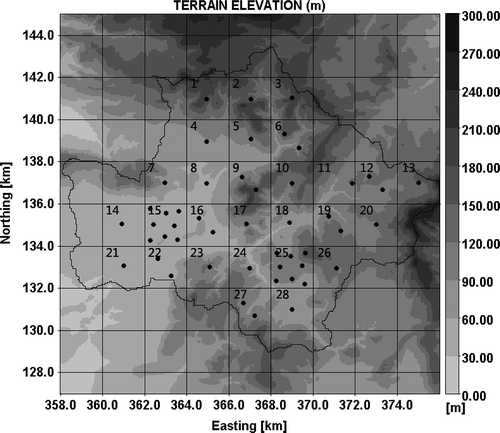
Table 1 Duration and accumulated rainfall for three storm events. Accumulated rainfall is the areally-averaged rainfall in the Brue catchment.
Fig. 2 Probability density functions (PDF) of four major models with frequency distributions of the GR|RR. The GR|RR dataset is conditioned on the radar rainfall equals to 3 mm.
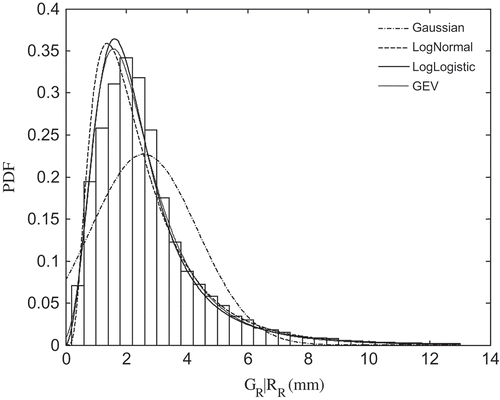
Fig. 3 Relationship between the deterministic component (left) and variance (right) of the random error and the rainfall intensities. The scatter points are fitted using power law functions.
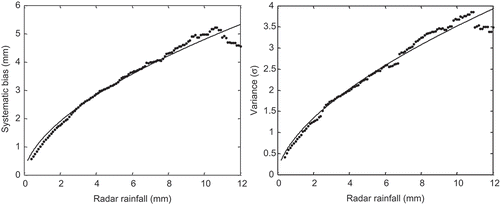
Table 2 Parameters of marginal distribution. Location parameter τ and variance parameter σ are fitted to power law functions; coefficient s refers to the mean of the shape parameters k.
Fig. 4 Bivariate copula density functions for (a) Gaussian, (b) t, (c) Clayton and (d) Gumbel copulas. U and V refer to the random variables on [0 1].
![Fig. 4 Bivariate copula density functions for (a) Gaussian, (b) t, (c) Clayton and (d) Gumbel copulas. U and V refer to the random variables on [0 1].](/cms/asset/d2f0db38-0fb2-401d-9cc9-04bd0b68d722/thsj_a_865841_f0004_c.jpg)
Fig. 5 Generated ensemble (500 realizations) using Gaussian (top) and Gumbel (bottom) copulas with the Gaussian marginal distribution for the three events detailed in .
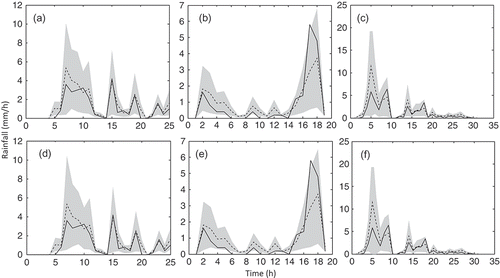
Fig. 6 Generated ensemble (500 realizations) using Gaussian (top) and Gumbel (bottom) copulas with the GEV marginal distribution for the three events detailed in .
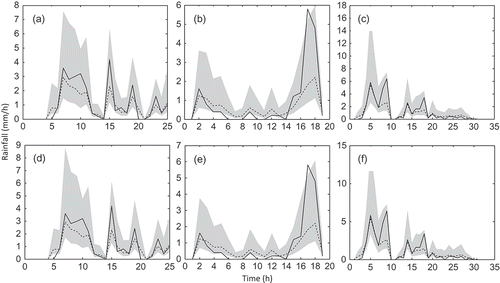
Table 3 Mean absolute error (MAE) of the simulated and observed correlation matrixes for four copulas. Theoretical and tail correlations refer to the simulated correlation coefficient derived by copula dependence parameters and tail dependence parameters, respectively. Generated correlation refers to the spatial correlation coefficient between different radar pixels computed using the generated ensemble rainfall.
Fig. 7 Correlation matrices (for 28 radar pixels) based on original radar rainfall estimates (RRE), raingauge measurement and four copulas, respectively.
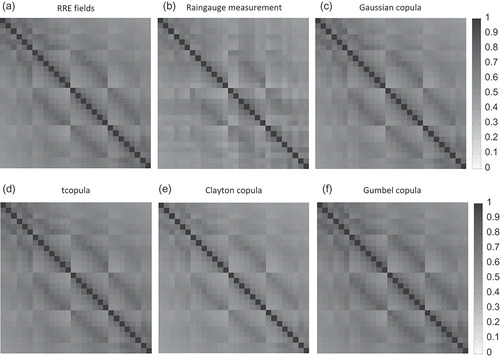
Fig. 8 Comparison of simulated spatial correlation coefficient between different radar pixels through theoretical equations and observed correlation coefficient for Gaussian (left) and Gumbel (right) copulas for Pixel 17.
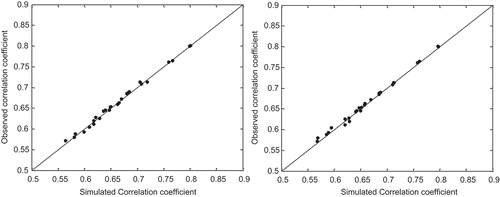
Fig. 9 Comparison of the spatial correlation coefficients between different radar pixels derived from tail dependence and observed correlation coefficients for the t-copula (left) and Gumbel copula (right).
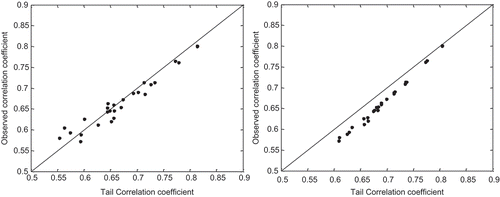
Fig. 10 Comparison of simulated correlation coefficient using generating random variable and observed correlations coefficient for the Gaussian (left) and Gumbel (right) copulas for Pixel 17. The data cover the period between July and December of 1996.
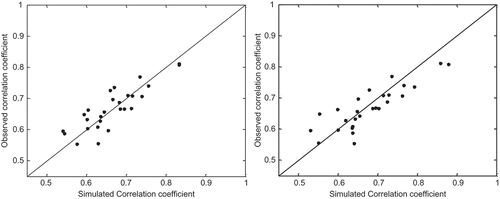
Fig. 11 Spatial correlation of the radar rainfall error with a three-parameter exponential model. The left figure refers to correlation of the original observed data, and the right one is that of the generated ensemble.
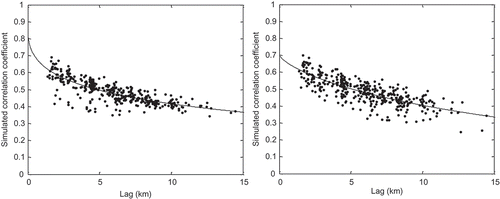
Table 4 Coefficients of the parameterized model for the spatial correlation of the original observed rainfall and generated ensemble rainfall.
